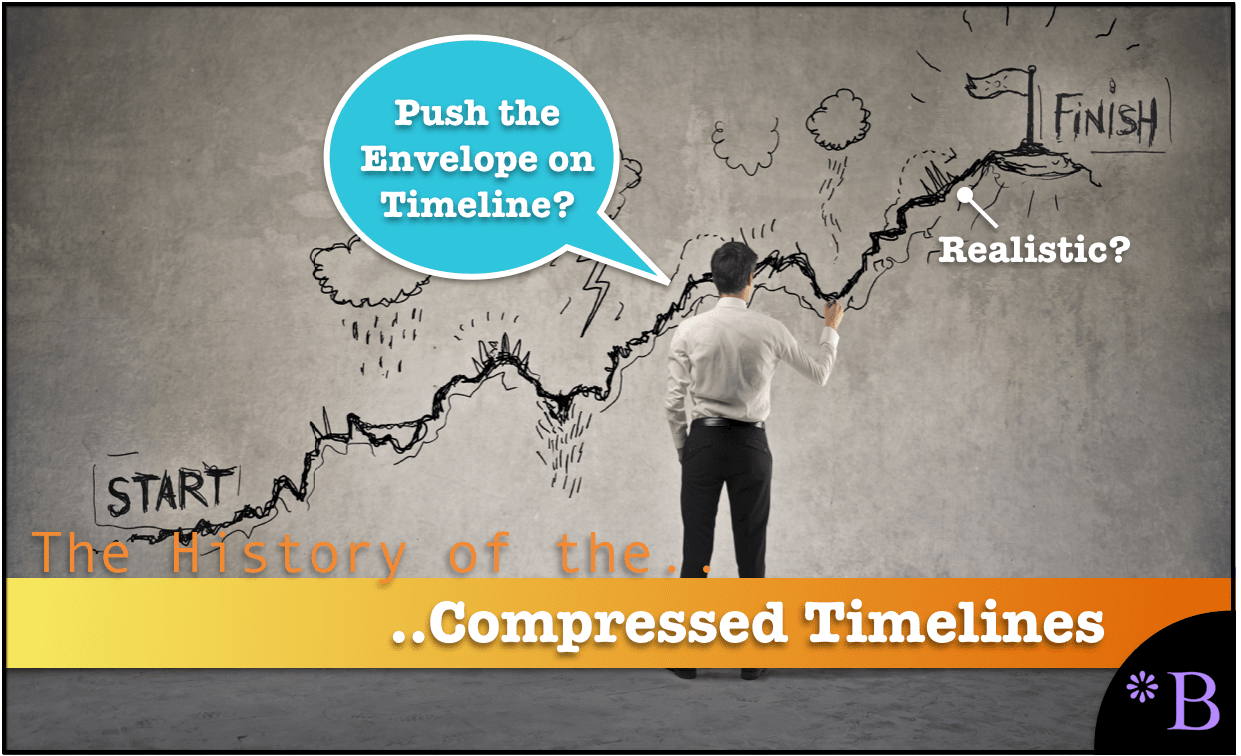The Arctic Snowcar and The Issue With Shortened UX Research
Executive Summary
- Shortened research and development is a long-term issue in product development of all types.
- We cover the shortened research of the Artic Snowcar.

Introduction
Companies often talk about how they have “aggressive timelines.” In this article, we cover a famous product development that shortened the research phase.
Our References for This Article
See this link if you want to see our references for this article and other related Brightwork articles at this link.
Aggressive But Realistic?
One of my favorite quotes of all time is the statement from management that a timeline is “aggressive, but realistic.” The amusing thing about this is that virtually all timelines are too short versus the time it takes. Therefore, when a timeline is stated as “aggressive,” the timeline is typically far too short.
Lessons from the Arctic Snowcar: The Artic RV
The Arctic Snowcar was a complete failure because the designers both did not know much about building a vehicle to survive in the snow, and the contraption was never tested in the snow before it was put into production. The video provides a full explanation.
The lack of available time to research and produce the Arctic Snowcar, combined with the snow car being researched and developed without snow or even cold weather, combined with the fact that the Snowcar would have to have survived in the most hostile environments in the world, the Arctic, guaranteed the contraption would be a failure.
The Russians have several expedition vehicles for the Antarctic; many did not have tires at all but instead tread systems borrowed from tanks. However, the tread is also far wider than a tank tread to distribute the tank’s weight over more surface area as the vehicle has to work continuously over soft snow.
The Waste Inherent in Overly Short Timelines
Overly short timelines are one of the significant waste producers, which is also generally covered up. The Russian expedition vehicles took far longer to develop than the Arctic Snowcar. However, many of the expedition vehicles designed in the 1950s are still functioning, while the Artic Snowcar had to be abandoned as soon as it was deployed. The video above shows that at first, the Russians modified existing vehicles and successively made adjustments as new information was gleaned from expeditions. However, the artic environment proved so challenging, that finally they created an expedition vehicle from scratch specifically for the conditions. Without these expeditions, the Russians would not have had the information to create the new vehicle.
The video also explains that the Russians began their manufacturing design process with this testing information. Still, they set too aggressive of a timeline to design their snow vehicle, which was three months to design and manufacture three of them. The Russians then gave these three snow vehicles an overly ambitious task once in the artic, rather than treating it as more of a test run. The crew ran into many problems with their tracks during the maiden expedition. They also had diesel fumes pushed into the living quarters.
Secondly, even these first Russian snow vehicles were only a version 1.0 of the concept, as they were redesigned after feedback from expeditions using this design.
The Obvious Timeline Distinctions
In order to build an artic vehicle it took first transporting vehicles to the arctic and obtaining information, and then going back into a design process and doing this successive times. Obviously, testing a UX or other software element is much faster. Feedback can be obtained simply by having test users — however, while the timelines are very different, the issue of overly short timelines applies to and undermines both of these endeavors.
The Problem With Guessing Rather Than Testing
It is clear that rather than doing research and testing, the designers of the Artic Snowcar guessed rather than tested their assumptions.
Conclusion
Testing is critical to making effective products. Both the Arctic Snowcar and the various Russian show vehicles wasted resources by moving to manufacture too quickly.
There is nothing that replaces obtaining the first-hand experience rather than designing from guesswork. The Artic Snowcar and the Russian snow vehicle stories are good examples of the importance of testing and obtaining information before moving into the product design stage.